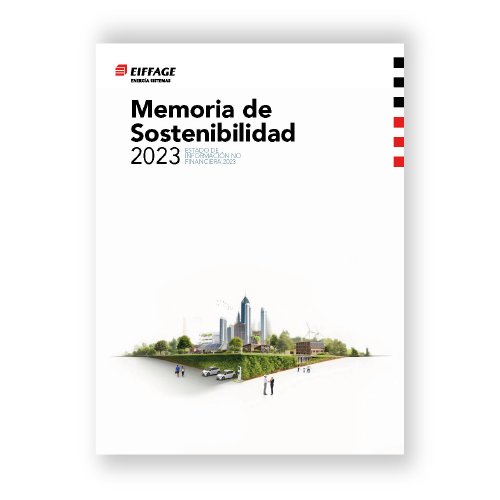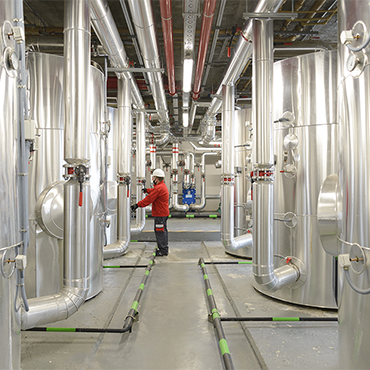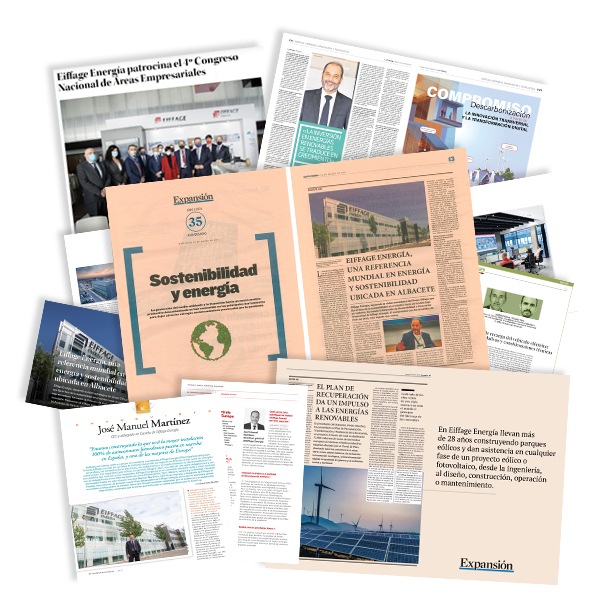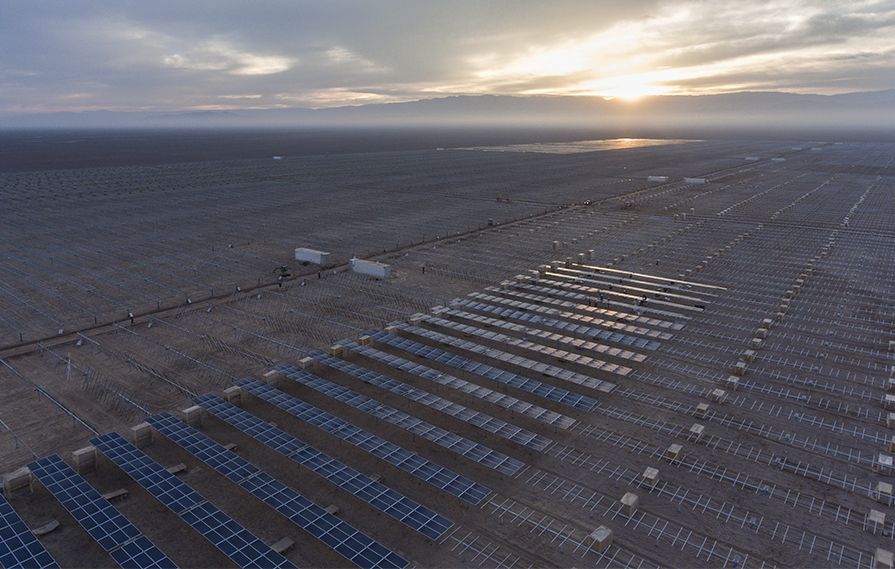Last October in the middle of the Atacama desert the first stone of the Huatacondo solar plant in Chile was laid. One of the most important solar projects in Chile located in the region of Tarapacá (Chile) and where Eiffage Concessions and Eiffage Energía, two of Eiffage’s subsidiaries, are responsible for the EPC of the project.
With an investment of 135 million of euros, the Huatacondo photovoltaic plant (103 MW) will begin to function in August of this year with 300,000 solar panels on 150 hectares of public land given by the Ministry of National Assets.
The photovoltaic plant is forecast to generate an increase in clean energies in this region of Chile and create new jobs in this Chilean area. The use of use of public land for energy projects and the shift towards more efficient technologies to enhance the generation of renewable energy should be noted.
Eiffage Energía Chile has the support of 250 people in the works implementation team of Huatacondo. This team is responsible for the civil engineering works, assembly of the HV towers and laying of power lines, as well as the works of electro-mechanical assembly of substations.
In the solar plant, they are also responsible for implementing a part of the of civil engineering works, mechanical works and assembly of trackers and panels. The electric works in medium and low voltage of the plant are carried out with our own teams together with commissioning to ensure the quality and the launching of the plant.
Eiffage Energía decided on Chile because of its capacity for growth in renewable energies in the coming years and its position as benchmark country in Latin America. Since its first project in the country of Chile, Eiffage Energía has fortified its experience in this land with important projects like the construction of the Photovoltaic Plant in Quilapilún (110 MW), the el Javiera photovoltaic park (69 MW) or the Crucero photovoltaic solar plant (72 MW).
Experience which will soon be reinforced when Huatacondo is inaugurated, where Eiffage Energía will continue its task of reducing CO2 emissions and increasing the use of cleaner energies.



































